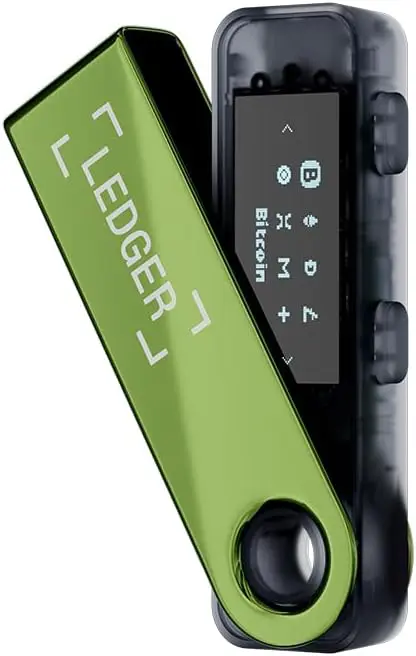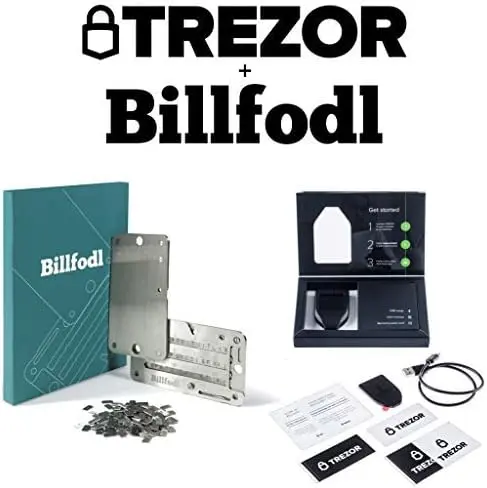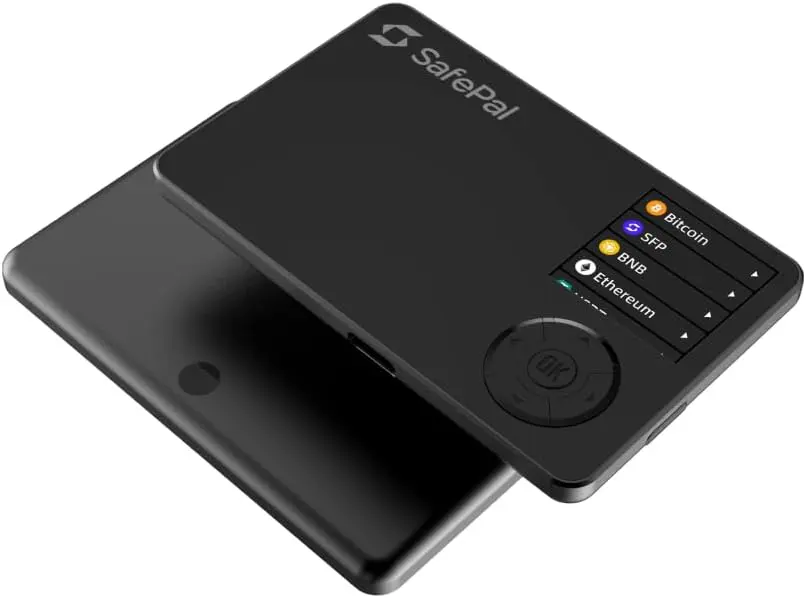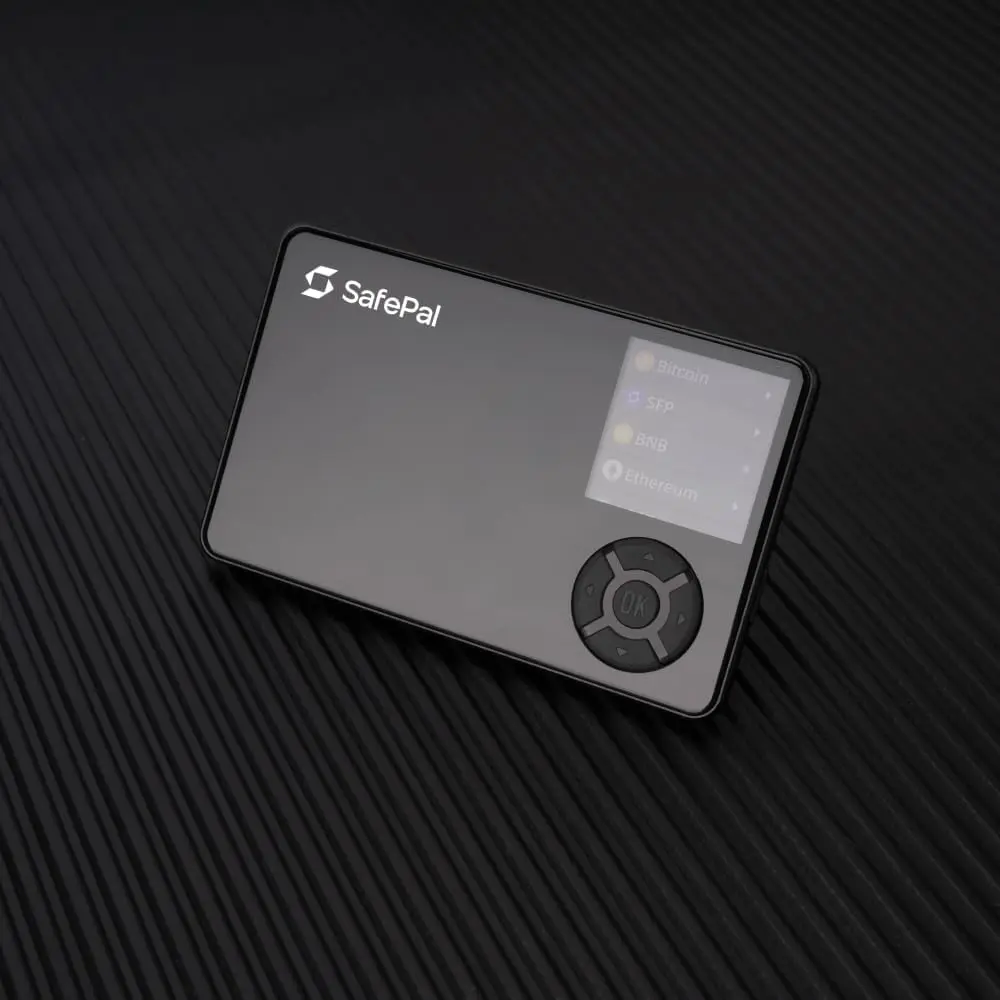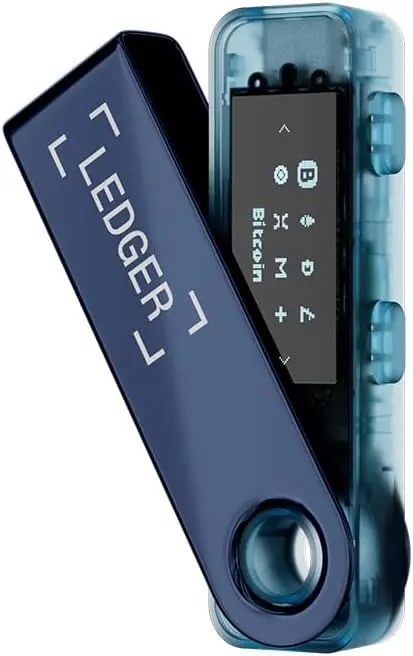Best Crypto Wallet for Beginners 2025
Buying crypto is exciting, but storing it safely is even more important.
Every year, thousands of beginners lose money because they keep coins on exchanges or fall for scams.
In 2025, security matters more than ever.
That’s why the first step for any new investor is choosing the right wallet.
But with so many options—hot wallets, cold wallets, mobile apps, and hardware devices—it can feel overwhelming.
This guide will clear the confusion. We’ll explain what crypto wallets are, how they work, and which wallets are best for beginners in 2025.
By the end, you’ll know exactly how to keep your coins safe.

What Is a Crypto Wallet and Why Do You Need One?
A crypto wallet doesn’t actually hold your coins. Instead, it stores your private keys—the codes that prove ownership of your assets on the blockchain.
Without these keys, you can’t access your crypto.
There are two main categories of wallets.
Custodial wallets are managed by exchanges or platforms, which means you don’t control the keys.
They are convenient but risky. Non-custodial wallets give you full control of your keys, which also means you carry the full responsibility.
The golden rule of crypto is simple: “Not your keys, not your coins.”
That’s why beginners should learn how to set up and use a personal wallet as soon as possible.

Types of Crypto Wallets in 2025
Wallets come in different forms. Hot wallets are connected to the internet, which makes them easy to use but more vulnerable to hacks.
Cold wallets stay offline and are much safer, but less convenient.
You’ll also find wallets designed for specific platforms.
Mobile wallets work on iOS and Android devices, offering fast access for daily use.
Desktop wallets are installed on your computer and provide more balance between usability and control.
Web wallets run in browsers, making them the most convenient, though security depends heavily on the provider.
For beginners, hot wallets are often the best starting point.
But once you plan to store larger amounts, you will eventually need a cold wallet too.
Hot Wallets for Beginners in 2025
Hot wallets are the easiest to set up.
They are free, fast, and user-friendly, which makes them perfect for newcomers who just bought their first Bitcoin or Ethereum.
Trust Wallet is one of the most popular options.
It has a simple interface, supports thousands of coins, and is especially good for mobile users.
MetaMask is another strong choice.
It works best with Ethereum and Web3 dApps, though beginners may find it confusing at first.
Coinbase Wallet is also beginner-friendly and separate from the Coinbase exchange, offering more security while still being easy to use.
Hot wallets are excellent for small amounts or daily transactions.
However, they come with risks.
Always enable two-factor authentication, write down your seed phrase, and double-check links to avoid phishing attacks.
Cold Wallets for Beginners in 2025
If you want real security, cold wallets are the way to go.
These wallets store your keys offline, making them nearly impossible to hack remotely.
Hardware wallets are the most common form of cold storage.
These are small devices that connect to your computer or phone when you need to sign transactions.
The Ledger Nano X remains a top choice, supporting many coins and offering Bluetooth for mobile convenience.
Trezor Model T is another trusted device, known for its high security and open-source software.
SafePal S1 provides an affordable option, especially for beginners.
UnionKey wallets are newer on the market, but they bring competitive features and pricing that appeal to first-time users.
Paper wallets still exist, but they are less common now.
Hardware wallets are far more practical and are the smarter choice for anyone planning to hold significant amounts of crypto long-term.
Best Crypto Wallets for Beginners in 2025: Our Top Picks
Some wallets stand out for beginners in 2025.
Trust Wallet is simple, free, and great for mobile users.
Coinbase Wallet is perfect for first-time buyers who already use Coinbase.
For cold storage, the Ledger Nano X offers the best balance of security and convenience.
Trezor Model T is another excellent pick for advanced beginners who want trusted security.
SafePal S1 is a budget-friendly hardware wallet, making it an attractive choice for those who want protection without a high cost.
When comparing them, the key difference lies in convenience and price.
Hot wallets are free and fast, while hardware wallets require an upfront investment but deliver much stronger security.
How to Choose the Right Wallet for You
The right wallet depends on your goals.
If you are buying small amounts and want quick access, a hot wallet is the easiest option.
If you plan to hold large amounts for the long term, you should invest in a hardware wallet.
Daily traders may prefer mobile or web wallets for convenience, but they should keep only what they need for trading.
Long-term investors should use cold wallets as their main storage.
Ask yourself one simple question: Do you value convenience, or do you want maximum security?
Your answer will point you to the right choice.
Step-by-Step: Setting Up Your First Wallet
Getting started is easier than it seems.
First, download an app or order a hardware wallet.
Once installed or unboxed, you’ll be asked to create a seed phrase.
Write it down on paper and never save it online.
Next, enable additional security such as PIN codes, passwords, and two-factor authentication.
Once that’s complete, send a small test transaction to make sure everything works.
Finally, keep your app or device updated. Regular updates protect you against new vulnerabilities.

Common Wallet Mistakes Beginners Make
Many beginners make avoidable mistakes.
One of the most common is losing the seed phrase.
Without it, your coins are gone forever.
Another mistake is leaving too much crypto on exchanges.
History shows that exchanges can be hacked or even go bankrupt.
Beginners also fall for phishing websites that look like official wallet pages.
Clicking one wrong link can drain your funds.
Ignoring software or firmware updates is another error.
Outdated wallets are easy targets for attackers.
Staying updated is one of the simplest ways to stay safe.

The Future of Wallets: What to Expect Beyond 2025
Wallet technology continues to evolve quickly.
AI-powered fraud detection is becoming more common, helping wallets identify suspicious activity before it’s too late.
Biometric authentication, such as fingerprints or facial recognition, is being integrated into more wallets.
Multi-chain support is also expanding, allowing you to store Bitcoin, Ethereum, and altcoins all in one place.
Beyond crypto, wallets are starting to act as digital identities for Web3 applications.
This means your wallet may soon become more than just a tool for storing coins—it could be your access point to the internet of the future.

Frequently Asked Questions (Q&A)
1. What’s the safest wallet for beginners in 2025?
Hardware wallets such as Ledger Nano X and Trezor Model T are considered the safest.
2. Do I need more than one crypto wallet?
Yes. Many investors use a hot wallet for small amounts and a cold wallet for long-term storage.
3. Are hardware wallets worth the money?
Yes. If you hold more than a few hundred dollars in crypto, a hardware wallet is a smart investment.
4. Can I recover my crypto if I lose my wallet?
Yes, as long as you keep your seed phrase stored safely.
5. Is it safe to leave my coins on an exchange?
No. Exchanges can fail or get hacked. It’s always safer to withdraw coins into your personal wallet.

Best Crypto Wallet for Beginners 2025 Conclusion
So, what’s the best crypto wallet for beginners in 2025?
The answer depends on your goals and style.
If you value speed and simplicity, a hot wallet like Trust Wallet or Coinbase Wallet will serve you well.
But if you’re serious about long-term security, investing in a hardware wallet like Ledger, Trezor, or SafePal is the smarter move.
Whatever you choose, remember that your wallet is your fortress.
Protect your seed phrase, avoid shady links, and keep your device updated.
In the crypto world, safety is not optional—it’s essential.



